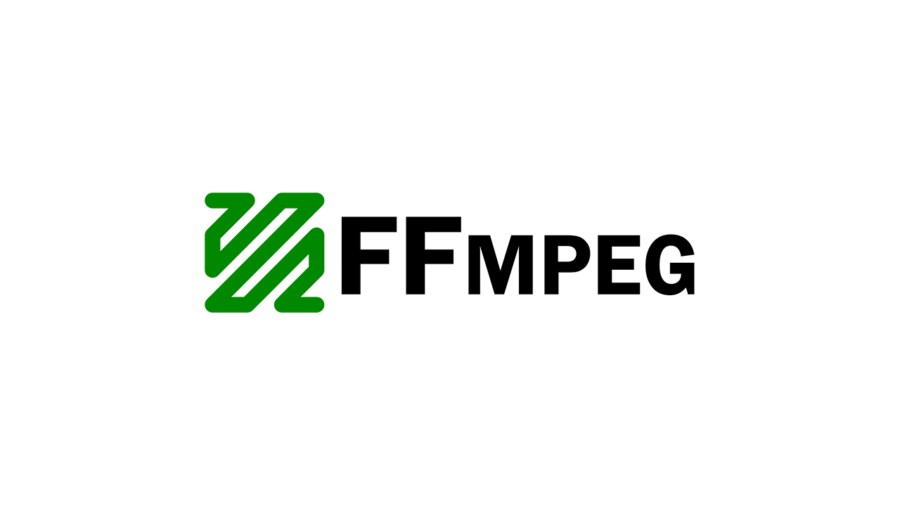

I also really need a way of batching the conversion of all the files which I am sending to an ftp server. videoconver lacks any documentation and delivers video which runs at double speed. h264 and until recently, the only way I had found to convert them to a format I could play on Windows was using software they supplied (videoconver.exe) to convert to mp4 (video and sound). The camera records files with the extension. Learn also: How to Play and Record Audio in Python.Hi, I am trying to convert files from a Chinese manufactured birdbox camera which also has a microphone. You can also check our resources and courses page to see the Python resources I recommend on various topics!


Using the script: $ python video2audio_moviepy.py zoo.webm ConclusionĪlright, that's it for this quick tutorial, I hope it helped you accomplish your projects quickly and reliably.įinally, if you're a beginner and want to learn Python, I suggest you take the Python For Everybody Coursera course, in which you'll learn a lot about Python. Here, we instantiate the VideoFileClip() class, and then use the write_audiofile() method from the audio object of the clip to save it as an audio file. """Converts video to audio directly using `ffmpeg` commandįilename, ext = os.path.splitext(video_file) This method involves using Python's built-in subprocess module to the appropriate FFmpeg command: import subprocessĭef convert_video_to_audio_ffmpeg(video_file, output_ext="mp3"): Related: How to Add Audio to Video in Python. Let's install MoviePy now: $ pip install moviepy So you shouldn't worry much if you fail the above step and want to use the second method (i.e using MoviePy). Note that MoviePy depends on the FFmpeg software for video reading and writing, and it'll automatically install it when you first use it. If you're on Linux, then it's straightforward to install it using the following commands: $ sudo apt update If you're on Windows, check this tutorial where you simply install it and add it to the PATH variable. In this tutorial, I will show you two simple methods to extract the audio from a video file with the help of FFmpeg and MoviePy library in Python.īefore we get started, you need to have FFmpeg installed on your machine. If you want to convert your video into an audio format using Python, then you're in the right place. Disclosure: This post may contain affiliate links, meaning when you click the links and make a purchase, we receive a commission.


 0 kommentar(er)
0 kommentar(er)
